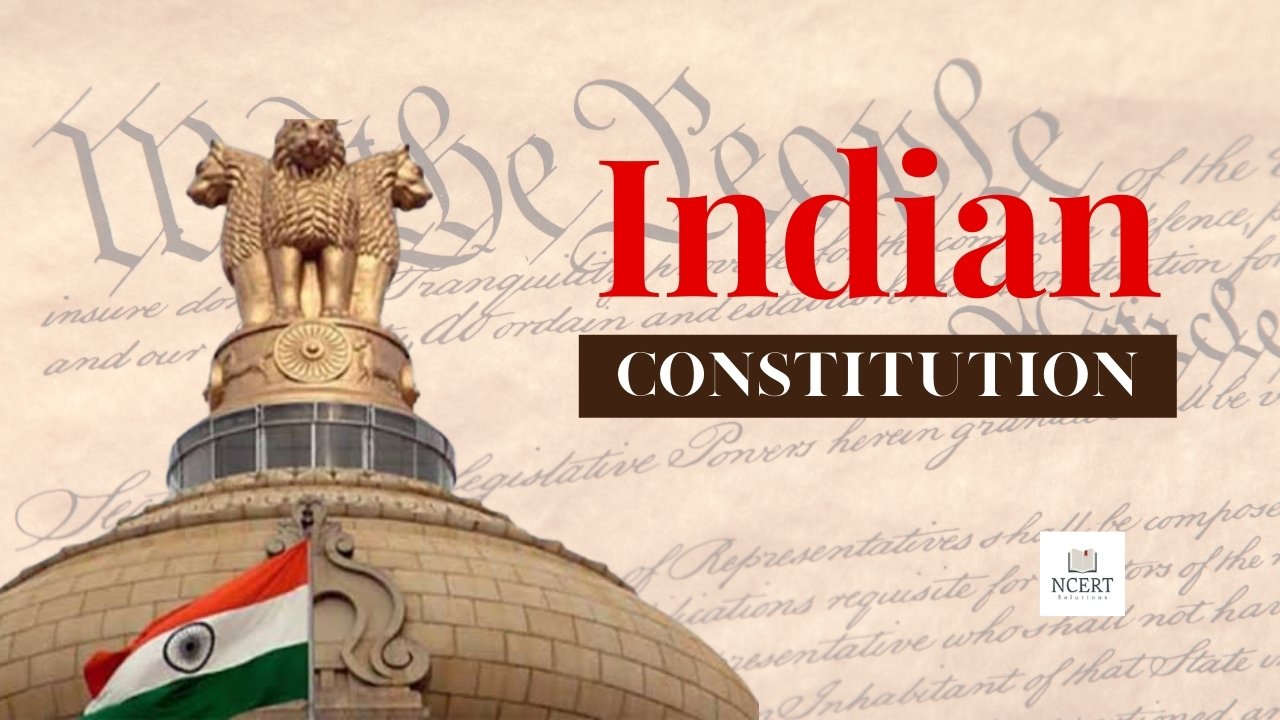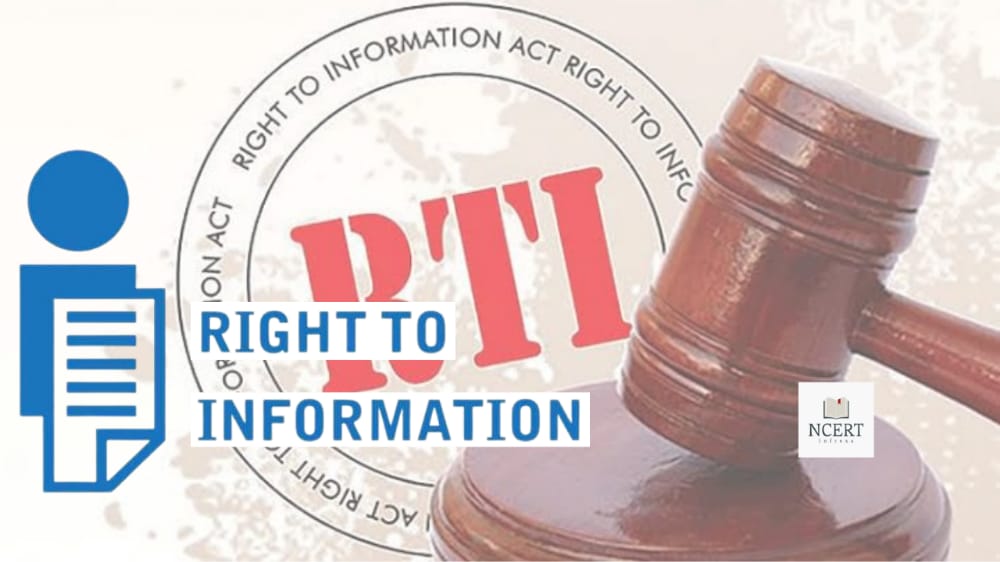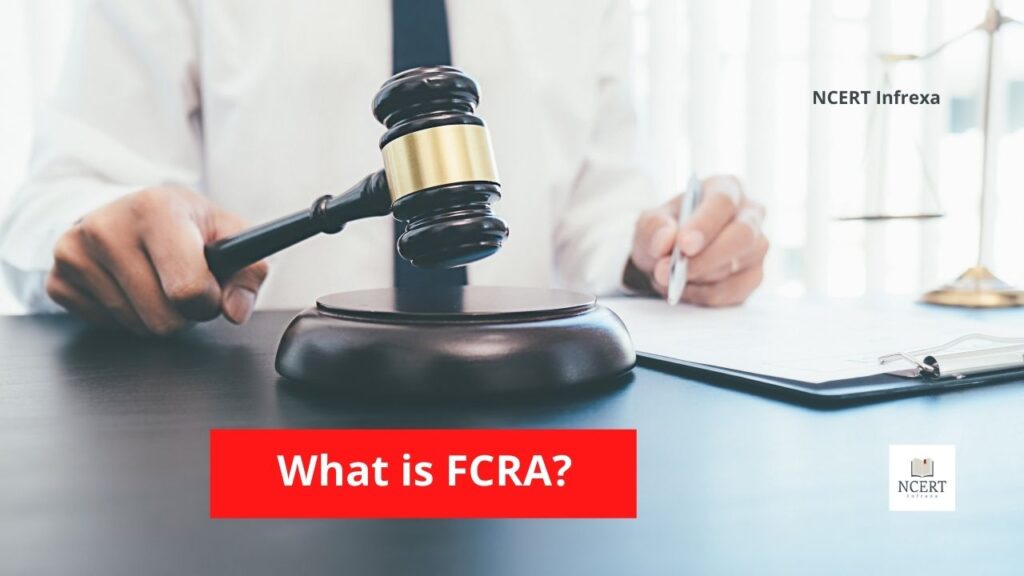The Indian Constitution stands as a beacon of democracy, crafted to govern a diverse nation with myriad religions, cultures, and languages.
The Preamble of the Indian Constitution is more than just an introduction; it’s the soul of the document. It lays out the guiding principles, ideals, and aspirations upon which the Republic of India was founded.
Knowing its history, features, and preamble provides insight into the foundation of India’s governance system.
History of the Indian Constitution
The desire for Indians to have a central role in shaping their own governance emerged at the beginning of the 20th century. Various proposals and demands were made over the years, including:
- Swaraj Party (1923): Demanded a constitution drafted by Indians.
- Nehru Report (1928): An All-Party Committee produced this draft constitutional outline.
- Simon Commission (1927): A British-led commission to examine Indian governance; its recommendations were rejected by Indian leaders, fueling the call for an Indian-created constitution.
The Constituent Assembly: Formation and Composition
- Cabinet Mission Plan (1946): This British plan laid the groundwork for the Constituent Assembly, which was formed through elections in provincial assemblies.
- Objectives Resolution: Jawaharlal Nehru introduced the Objectives Resolution in 1946, which outlined the guiding principles for the Constitution. The Preamble was largely inspired by this resolution.
- Initial Size and Changes: The Assembly initially consisted of 389 members but was reduced to 299 after India’s partition in 1947.
- Representation: Members represented diverse communities, regions, and political ideologies, ensuring a broad range of perspectives.
Key Figures and Roles
- Dr. Sachchidananda Sinha: The first temporary president of the Constituent Assembly.
- Dr. Rajendra Prasad: Elected as the permanent President of the Constituent Assembly.
- Dr. B.R. Ambedkar: Chairman of the Drafting Committee, considered the “Father of the Indian Constitution” for his pivotal role in shaping the document.
- Jawaharlal Nehru: Introduced the Objectives Resolution, which outlined the principles and philosophy that would guide the Constitution.
The Drafting Process
- Assembly Location: While the initial meeting was held in Delhi’s Council Chamber (now part of Parliament House), the majority of the Constituent Assembly’s work took place in what is now the Central Hall of Parliament.
- Committees: The Assembly formed various committees to address specific aspects of the Constitution. The Drafting Committee, led by Dr. Ambedkar, was the most crucial.
- Deliberations and Debates: Assembly members engaged in extensive debates and discussions, reflecting the complexities of creating a constitution for a diverse and newly independent nation.
- Duration: The drafting process spanned 2 years, 11 months, and 18 days.
Adoption and Significance
- Adoption Date: On November 26, 1949, the Constituent Assembly formally adopted the Indian Constitution, including the Preamble.
- Coming into Force: While adopted in 1949, the Constitution came into full effect on January 26, 1950, a date now celebrated as Republic Day.
- Expenditure: The drafting of the Constitution involved a significant cost, estimated to be around Rs. 6.4 million.
Features of the Indian Constitution
The Indian Constitution draws inspiration from various sources, including the British parliamentary system, the US Bill of Rights, and the Irish Directive Principles of State Policy.
This borrowing of features reflects a deliberate effort to incorporate proven principles of governance into India’s constitutional framework. Here are some features of the Indian Constitution:
- Written and Lengthy: The Indian Constitution is the world’s longest written constitution. Its comprehensiveness addresses India’s vast population, diverse communities, and the complexities of governance.
- Blend of Rigidity and Flexibility: The Constitution strikes a balance between stability and adaptability. Certain core provisions require a special majority in Parliament for amendment, safeguarding fundamental principles. At the same time, other provisions can be amended through simpler procedures, allowing the Constitution to evolve with changing needs.
- Parliamentary System: India follows a parliamentary form of government, where the executive (Prime Minister and Council of Ministers) is drawn from and accountable to the legislature (Parliament). This promotes cooperation and responsiveness between branches of government.
- Fundamental Rights: The Constitution enshrines a robust set of Fundamental Rights, guaranteeing life and liberty, freedoms of expression, religion, assembly, equality before the law, and protection against exploitation. These rights are enforceable in courts, upholding individual liberties.
- Directive Principles of State Policy (DPSP): While not directly enforceable, DPSPs outline the social and economic goals the state should strive for. These address socioeconomic inequalities, fair distribution of resources, and the welfare of citizens, serving as the Constitution’s moral compass.
- Secularism: India is a secular state, meaning it respects all religions and guarantees freedom of belief without favoring any particular faith. Secularism is essential for maintaining unity and harmony in a multi-faith society.
- Independent Judiciary: The Constitution establishes an independent judiciary, empowered to interpret the law, safeguard rights, and uphold constitutional principles. This acts as a check on the power of other branches of government.
- Federal Structure with Unitary Bias: India has a federal system, with a division of powers between the central government and the states. However, the center holds certain overriding powers, such as during emergencies, ensuring national unity and integrity.
- Universal Adult Franchise: Every Indian citizen above 18, regardless of caste, religion, gender, or socioeconomic status, has the right to vote. This cornerstone of democracy empowers citizens to participate in their own governance.
- Single Citizenship: India has a single citizenship, regardless of the state a person resides in. This promotes a sense of national identity and equality.
Notes:
- Ongoing Evolution: The Constitution is recognized as a living document, constantly evolving to meet the changing needs of the nation and its society. Through interpretations, amendments, and landmark judgments, the Constitution remains dynamic, ensuring its continued relevance and effectiveness in guiding India’s governance and societal development.
- Article 370: Article 370 granted special status to Jammu and Kashmir, providing autonomy in governance. However, it was abrogated on August 5, 2019, through the Jammu and Kashmir Reorganization Bill, aligning the region’s governance with the rest of the country.
Conclusion
The Indian Constitution embodies the aspirations of its people, striving for justice, equality, and fraternity. Understanding its history, features, and preamble elucidates the guiding principles of India’s democratic framework, shaping its governance and societal ethos.




